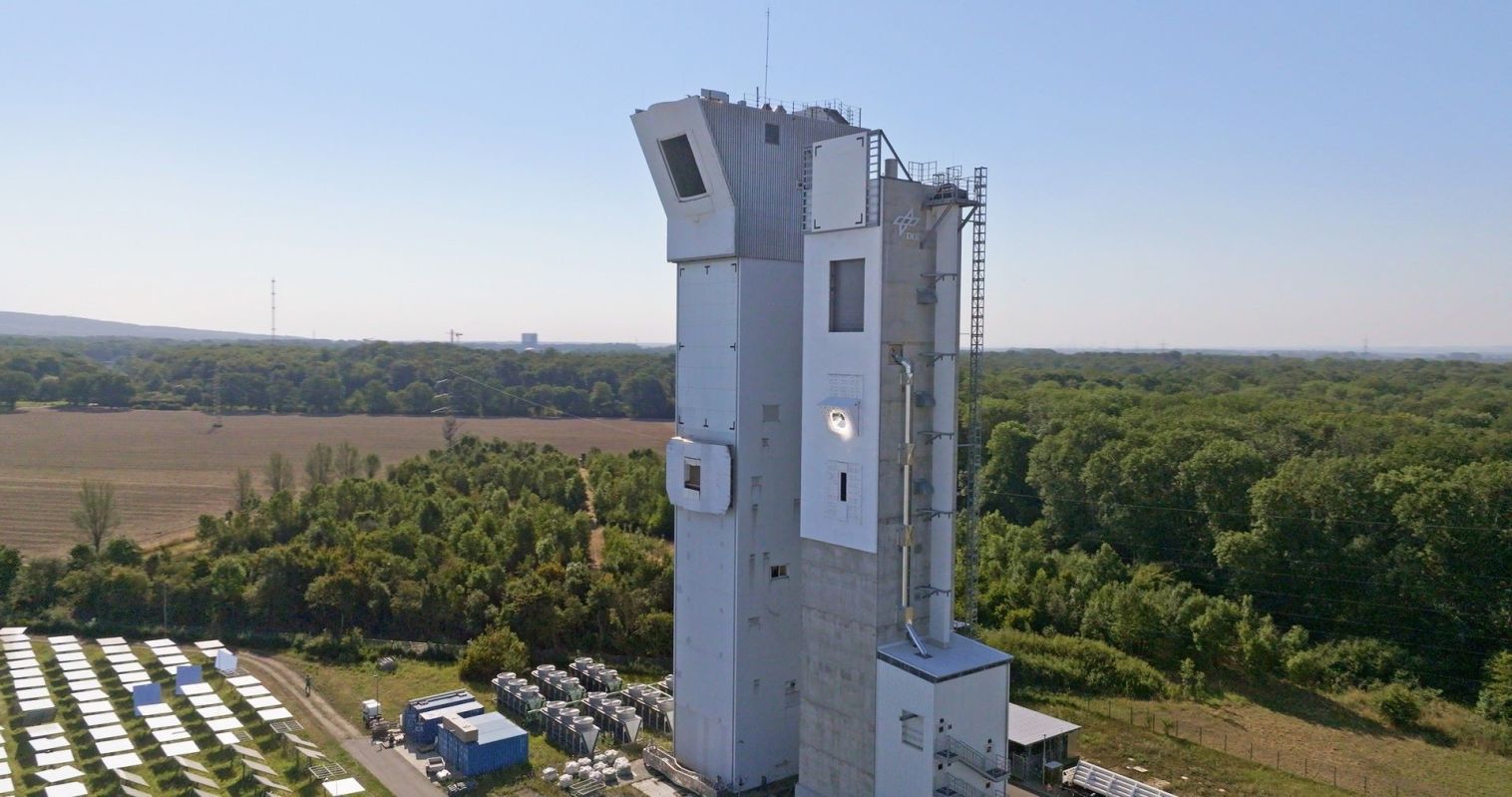It's not rocket science, but instead "carbon-neutral" jet-fuel science.
It's simply a method for pulling carbon pollution and water from the air and using the sun's energy to turn these into fuel for an airplane.
And there's a "solar tower" and giant mirrors involved.
A team of scientists led by Aldo Steinfeld, a professor at Switzerland's ETH Zurich, has demonstrated a process that could reduce the impact of air travel on the overheating of the planet.
In a paper the researchers published in the journal Joule last year, they described the successful "operation of a fully integrated solar tower fuel plant" at a facility in Spain.
The work demonstrated the on-site conversion of two common compounds — carbon dioxide and water — into "solar kerosene" usable in an airplane.
The scientists considered the product a carbon-neutral fuel because burning it should release only as much heat-trapping carbon pollution as the process took in at the start.
Essentially, the process worked like this: A field of sun-tracking "heliostat" mirrors focused sunlight intensely on a solar tower. The system drew carbon dioxide and water from the air and to a solar reactor on the tower. Then, the solar reactor used the concentrated heat to split and reshuffle elements into a "syngas." Further processing converted this into kerosene.
The tower demonstration built upon an earlier rooftop mini-refinery, further explained in a video and animation, that Steinfeld also oversaw. In that experiment, scientists proved their concept using a "parabolic concentrator" dish on a university building in Zurich.
The scientists keep scaling up to show that the technology could eventually fly planes. Steinfeld has devoted more than 15 years to creating kerosene from air, according to Popular Mechanics.
Steinfeld told the outlet that improving aviation fuel can help reduce an important source of carbon pollution. "Solar kerosene is fully compatible with the existing infrastructures for the fuel storage, distribution, and end-use in jet engines," he explained. "Thus, solar kerosene can help make aviation more sustainable."
Aviation accounts for a relatively small portion of total energy-related releases of heat-trapping carbon — somewhat more than 2% — but it's a contribution that has proved difficult to improve and is expected to continue to grow, according to the International Energy Agency. Air travel is at least 12 times less efficient per passenger than rail travel, according to the IEA.
One study (described by other recent research) noted that air travel releases up to 100 times more carbon pollution per hour than train, bus, or shared car rides.
Reducing air travel, improving aviation biofuels, or developing batteries for electric airplanes are other ideas to curb the industry's pollution, but as it stands, planes burn fuel.
Demonstrating the solar tower was an "important milestone," Steinfeld told Popular Mechanics. He estimated that a larger commercial solar fuel plant could produce about 9 million gallons of solar kerosene per year.
"The solar-to-fuel energy conversion efficiency needs to be increased to make the technology economically competitive," Steinfeld said.
And development is underway. Synhelion, a spinoff company, performed industrial testing at the pre-existing Jülich Solar Tower in Germany last year. It aims to commission the "world's first industrial-scale solar fuel plant" in Germany this year or next and a larger commercial-scale facility in Spain by 2026.
Which means that someday, planes might fly through the air on fuel made from air.
Join our free newsletter for weekly updates on the coolest innovations improving our lives and saving our planet.









